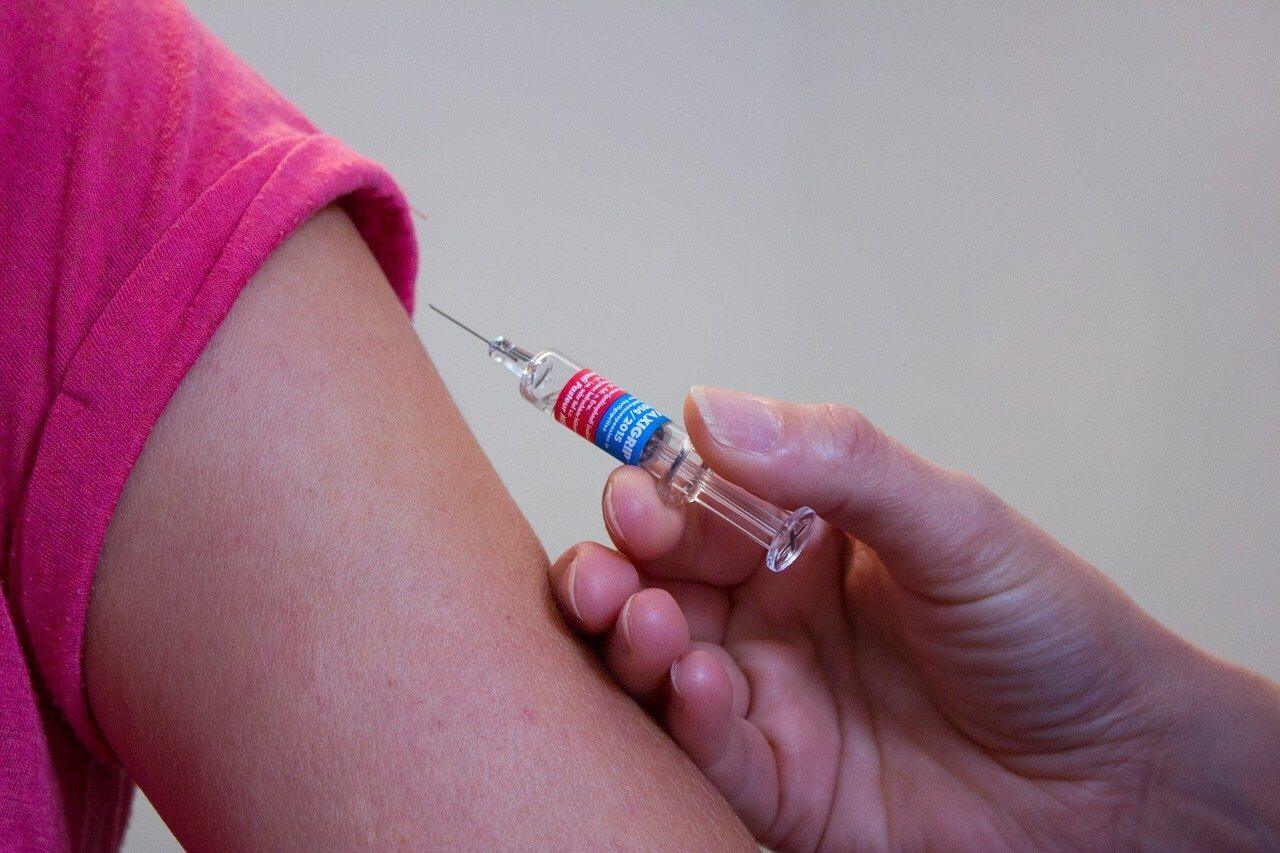Normally, a baby's first year is filled with checkups , adorable weighings on the doctor's office scales, and a pretty hectic immunization schedule, with vaccines given every few months.
However, during the coronavirus pandemic, venturing into a healthcare facility with your child can be very risky. But delaying the normal vaccination schedule (or not vaccinating your baby at all) also carries huge risks, and doctors fear that parents will cancel regular checkups and important vaccinations out of fear.
Maintain or postpone appointments for the vaccine?
You are certainly nervous, especially if you are having a baby for the first time. It's totally understandable to be nervous about going to the doctor's office right now, but you need to know that healthcare providers are doing everything they can to prevent the spread of the virus. infection.
Some parents are delaying their child's vaccines indefinitely because their doctors' offices are closed. When distancing restrictions are lifted, we simply cannot allow hundreds of children to rush into offices to get vaccinated, when there are tons of under-vaccinated children in a single and same place. This increases the risk of a second or third wave of COVID-19, in addition to vaccine-preventable diseases that we can prevent.
Make an appointment with the doctor for vaccination
A good first step is to call your regular doctor or local health center for specific advice and to find out if they are still seeing healthy children in person. If your doctor's office has closed, you may need to call to find a walk-in clinic that is still accepting patients and offering vaccinations.
Some doctors only see asymptomatic children in the office for regular checkups and vaccinations. Sick children are not allowed at all. Many doctors have moved to "virtual care" or telemedicine, scheduling appointments via video conferencing and using apps and services like Zoom or skype.
Other doctors divide, stagger or alternate their workdays, so that sick children and healthy children are not in the office at the same time, with rigorous cleaning and disinfecting of offices in between. Some arrange for patients to go straight to the exam rooms as soon as they arrive.
Vaccination schedule for infants from 2 to 18 months
The newborn and two-week visit should definitely be done in person , to check for jaundice and assess hydration and weight gain, as well as troubleshoot feeding issues.
The month-long follow-up visit can be done in person or virtually , depending on whether there are weight issues or the parent has specific concerns. If you are unsure whether your baby has gained weight, you can weigh yourself, then step back onto the scale holding the baby and do the calculation. (Increasing a size in layers or going over size in sleepers are also reassuring signs).
But visits at 2, 4 and 5 months should all be done in person, as these vaccinations include the DTCPH vaccine (which protects your baby against diphtheria, tetanus, whooping cough, polio and haemophilus), the hepatitis B and the pneumococcal vaccine (which protects against pneumonia and meningitis, a brain infection). Other essential vaccines are given at visits at 12 and 16-18 months, including the MMR vaccine , which boosts immunity against measles, mumps and rubella. For more information on the vaccine schedule for your baby click here .
Officially, routine vaccinations for children should be maintained as usual. Any delay or omission in scheduled vaccines puts children at risk of common and serious childhood infections such as pneumococcal disease, measles and whooping cough.
Vaccinate your baby at the doctor
In general, healthy baby visits are spread throughout the day, so that there is no one in the waiting room and all staff wear masks. All rooms are disinfected after each patient. Doctors' offices and waiting rooms should not be infected with germs at all.
Maeva Dasilva, mother of two young children, had her daughter vaccinated for six months on the advice of her doctor. Although she was a bit nervous at first, Maeva says she felt very safe during the exam. "We drove in, and I didn't see anyone in the elevator. We were the only in-person date all day."
Like Maeva, you can minimize the risk of exposure by walking or driving to your appointment instead of using public transport, carrying your baby to the office as much as possible, and not leaving your baby or toddler crawling or walking on furniture.
Also, only one asymptomatic parent should bring your baby to the appointment. It is also recommended to wear a mask (if it makes you more comfortable), to avoid door handles, to use your elbow to press elevator buttons, to make sure that the chairs of the waiting room are two meters apart and ask your doctor if the baby scale and stethoscope have been wiped down before your visit.
In his office, only one care provider comes to each examination room to limit exposure (instead of a nurse and a doctor).
You can also ask to wait outside, instead of waiting in a waiting room. And to keep the visit as short as possible, discuss any health or development issues first via email or phone . This way, the in -person portion of the appointment is brief, and only for vaccinations and the physical exam.









